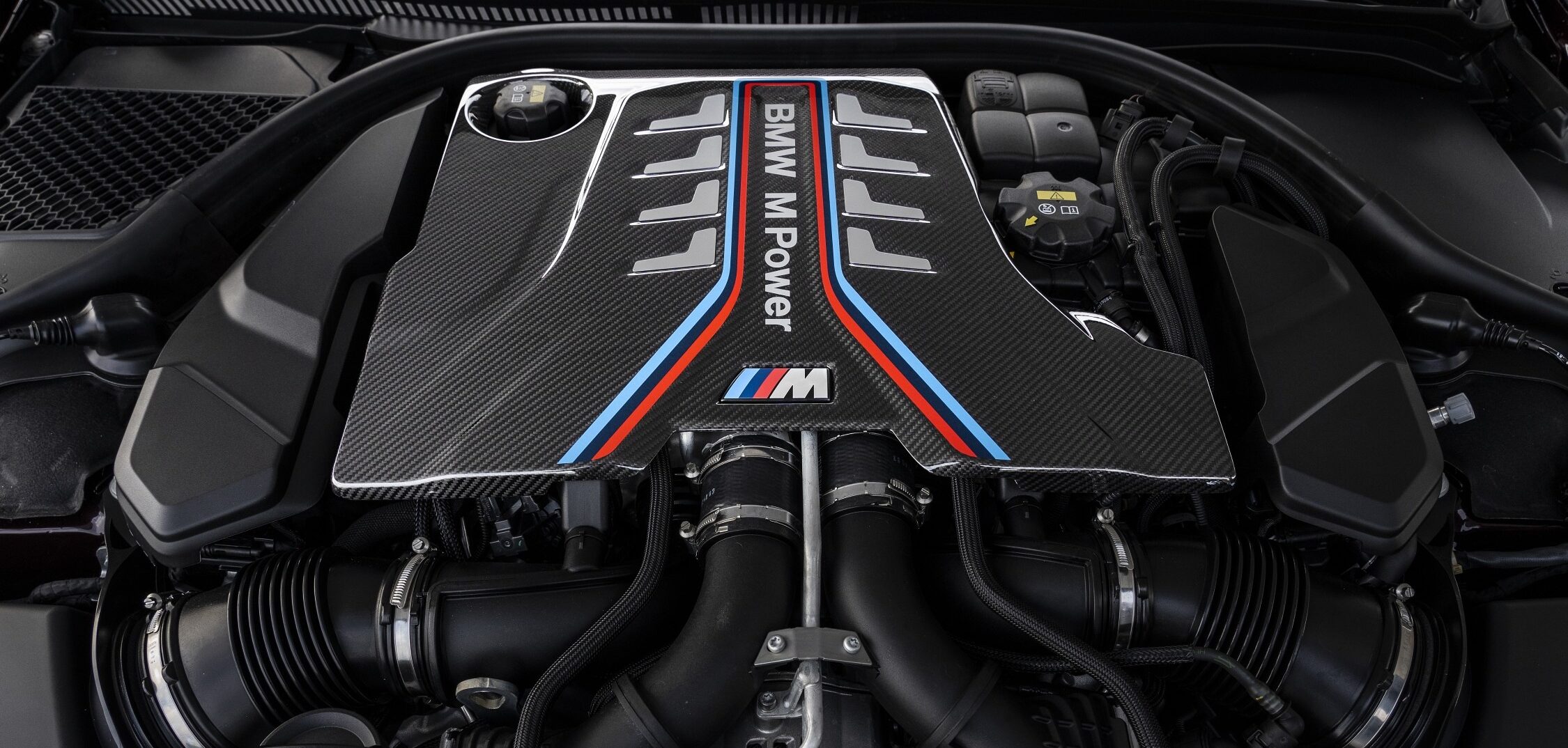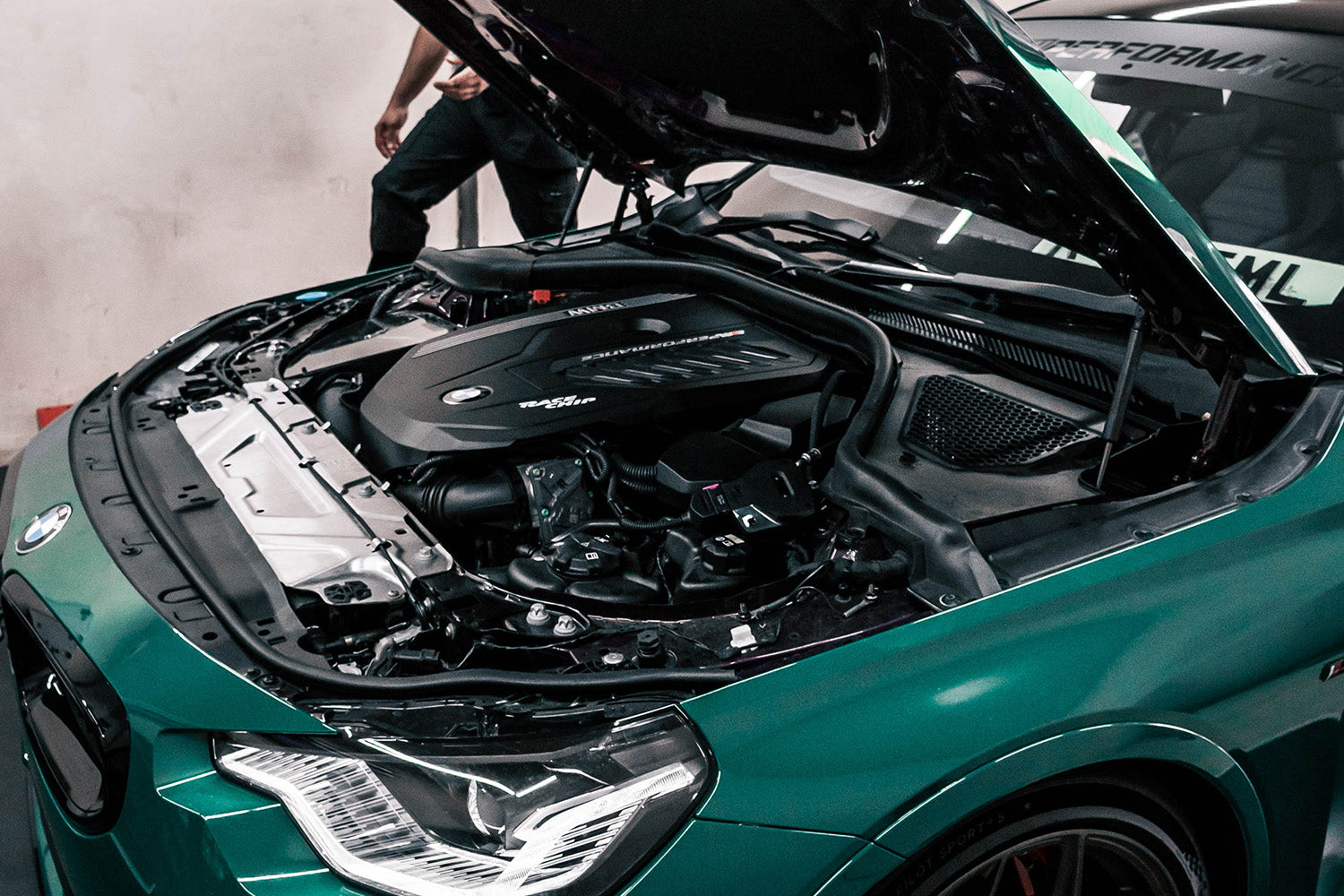Common Problems Encountered by BMW Engine Owners and Exactly How to Address Them
Common Problems Encountered by BMW Engine Owners and Exactly How to Address Them
Blog Article
Checking Out the Advancement of Burning Engines in Modern Transportation Equipments
As we navigate the landscape of contemporary transportation, the advancement of burning engines stands as a testimony to human ingenuity and engineering prowess. From their humble starts to the innovative powerhouses thrusting lorries today, burning engines have actually undergone an amazing trip of innovation and adaptation. Recognizing the ins and outs of this advancement not only drops light on the past but likewise leads the way for picturing what lies in advance in the realm of transport technology. The interaction of history, technology, and environmental issues in shaping the trajectory of combustion engines develops a narrative that is both insightful and engaging.
Early Beginnings of Combustion Engines
How did the concept of burning engines first arise in the early stages of transport development? The origins of burning engines can be mapped back to the 17th century when the principles of internal combustion were very first checked out.
The breakthrough minute came with the invention of the initial successful gasoline-powered engine by Karl Benz in 1885 - bmw engine. This engine led the way for the advancement of the modern-day auto, changing transportation systems worldwide. Subsequent innovations by Nikolaus Otto and Gottlieb Daimler additionally improved burning engine innovation, leading to the automation of autos and the fast development of the transport market
These early burning engines were identified by their simplicity and efficiency, laying the foundation for the complicated and effective engines utilized in contemporary transportation systems. The advancement of combustion engines has actually contributed in forming the means we take a trip and transport items, marking a substantial turning point in the background of transportation advancement.
Shift to Internal Burning Innovation
The transition to inner burning modern technology marked an essential change in the development of transport systems. This shift began in the late 19th century, with developers like Nikolaus Otto and Gottlieb Daimler creating the first successful interior burning engines. These engines changed transportation by providing a more effective and efficient choice to heavy steam engines and electrical motors.
Among the essential benefits of inner burning engines was their capability to be scaled down to suit cars, bring about the advancement of autos and motorcycles. This change from cumbersome, stationary engines to portable, mobile ones led the way for the modern transportation systems we see today.
The change to interior combustion modern technology also spurred advancements in fuel modern technology, leading to the advancement of fuel and diesel as key gas resources for lorries. This shift not just made transportation a lot more available to the masses but also laid the structure for the oil and gas market to end up being important to worldwide economies.
Impact of Combustion Engines on Transportation
The adoption of combustion engines in transport systems militarized an extensive change in the effectiveness and speed of global mobility. Combustion engines reinvented transport by supplying a versatile and trustworthy source of power for numerous lorries, consisting of cars, ships, airplanes, and vehicles. This advancement considerably improved the capability for individuals and items to move over long distances in shorter time frameworks, bring about raised connectivity in between regions and countries.
In addition, the prevalent use burning engines has had a substantial influence on economic development. The ability to transfer items successfully has stimulated profession and business, enabling organizations to expand their markets and reach consumers worldwide. This has actually assisted in financial growth and globalization, as products can now be delivered quicker and in bigger amounts than ever.
However, the ecological effect of burning engines can not be overlooked. The burning of nonrenewable fuel sources has brought about air pollution and greenhouse gas discharges, adding to environment modification and posing health and wellness dangers to populaces. bmw engine. Therefore, there is an expanding focus on developing different propulsion modern technologies to minimize these unfavorable impacts and produce an extra sustainable future for transport
Developments in Burning Engine Design
One noteworthy advancement is the advancement of turbocharged engines, which utilize exhaust gases to drive a generator that presses incoming find here air, permitting for more fuel to be burnt, resulting in increased power outcome without a considerable rise in engine size. Variable valve timing systems have actually also revolutionized engine design by maximizing air movement at different engine rates, boosting both power and effectiveness. These advancements jointly add to the continuous improvement of burning engines in contemporary transport systems.
Future Fads in Burning Engine Growth
With modern technology advancements driving continuous technology, the future of burning engine development is poised to transform transport systems globally. One of the vital patterns in combustion engine growth is the press towards higher effectiveness and reduced exhausts.
An additional noticeable trend is the adoption of crossbreed innovations in combustion engines. Crossbreed engines incorporate traditional burning technology with electrical power, offering enhanced gas performance and lower exhausts. As the auto industry shifts in the direction of electrification, hybrid burning engines are viewed as a transitional solution that bridges the space between standard cars and fully electric ones.
Additionally, the combination of clever technologies, such as expert system and data analytics, is anticipated to play a significant role in the future of combustion engine advancement. These innovations can enhance engine performance in real-time, causing much more efficient combustion processes and improved general automobile efficiency. Welcoming these future fads will certainly not just drive development in combustion engine development however also contribute to a much more lasting and click for source eco-friendly transportation ecosystem.

Final Thought
To conclude, the advancement of burning engines in contemporary transport systems has been marked by considerable developments in modern technology and design. From the early beginnings of combustion engines to the change to interior burning innovation, these engines have had a profound effect on transport. Developments in burning engine design remain to drive progression in this field, with future fads concentrating on more enhancing effectiveness and minimizing discharges. The future of combustion engines in transportation looks encouraging as study and growth initiatives remain to press limits.
The origins of combustion engines can be traced back to the 17th century when the principles of internal combustion were first explored. These engines changed transport by offering a more efficient and effective alternative to steam engines and electric motors.

Report this page